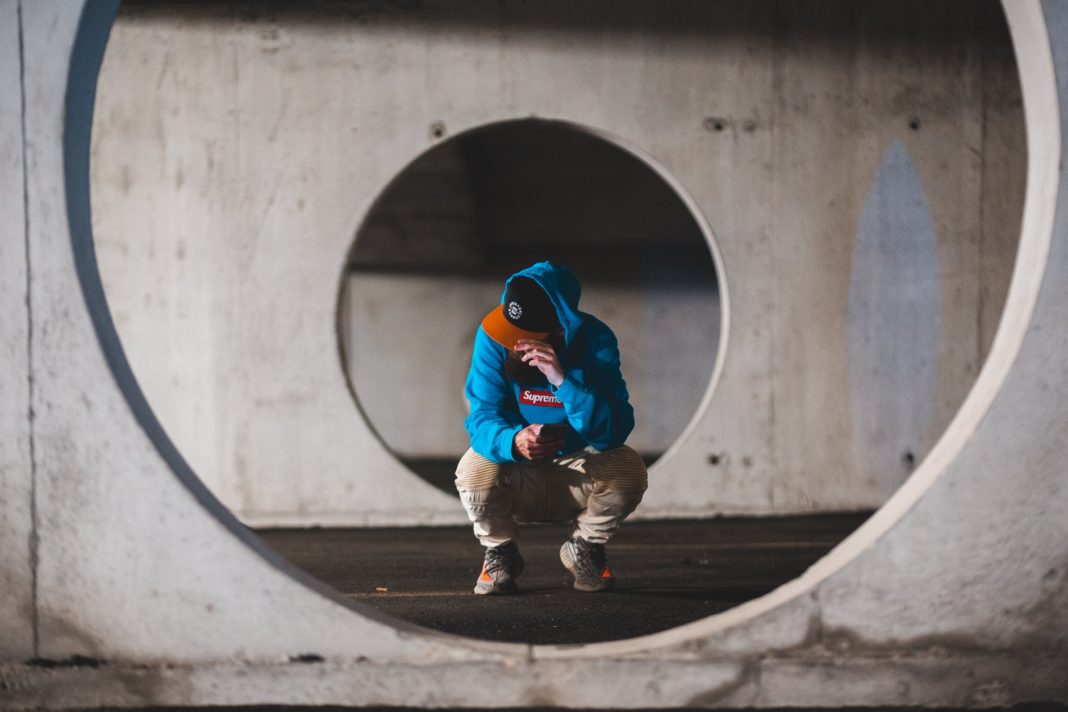If a crisis strikes your region unexpectedly, it makes more sense to bug in rather than bug out. Going out when a hurricane or twister is raging through your area is extremely risky in an emergency survival situation. Staying in an underground bunker near your home is considerably safer.
A hiding place or storm cover can help in this situation. A safe chamber is a reinforced building meant to give near-complete protection during disasters like tornadoes and earthquakes. A storm shelter is similar to a safe room, except it is built to resist extremely strong winds and flying debris.
You should consider constructing a safe house or storm shelter in which you and your family may take refuge. The following calamities are protected by any of the two survival shelters: (h/t to FamilySurvivalPlanning.com)
TORNADOES
Tornadoes are fiercely revolving vortexes of wind that may reduce structures to a pile of debris. They can occur everywhere, although they are most prevalent in the Midwest in the United States. Texas, Kansas, Florida, Oklahoma, and Nebraska are the states most prone to tornadoes. If you reside in one of these states, you should consider constructing a storm shelter for your family underground.
HURRICANES
Hurricanes also create strong gusts that can knock down homes and other structures. However, other dangers, such as floods and storm surges, accompany these calamities. So, if you’re going to build a safe room, make sure it’s raised so it doesn’t become inundated in water.
AIRBORNE CONTAMINATION
Radioactive fallout, a biowarfare strike, a chemical leak, or even smoke from a wildfire can all cause airborne contamination. The air is no longer safe to breathe in any of these conditions. It can suffocate or damage your lungs and kill you if breathed.
Airborne contamination can be avoided with the use of a properly fitted safe room. The air can be cleaned using a comprehensive filtration and environmental/atmospheric system that includes air scrubbers, sensors, and overpressure devices. You can remain in this secure room until the authorities decide it is safe to leave. (Related: Will you know when it’s time to bug out? 14 signs to watch for.)
EARTHQUAKES
During an earthquake, the best course of action is to walk outside and keep away from buildings, trees, power lines, and other towering structures that might fall. Earthquakes, on the other hand, are unexpected. It might take several minutes to get to the door if you live in a large house that wasn’t constructed to resist earthquakes. To protect yourself from falling objects, consider constructing a storm shelter within your home.
TERRORIST ATTACKS
Terrorist attacks may take many different forms, from bombs to the deliberate release of biological agents and the deliberate lighting of large fires. If an assault occurs in residential areas, a strongly fortified safe room with armoured walls can rescue you and your family.
Please Remember When Constructing a Secret House or Storm Shelter
The greatest sites to build a storm shelter are the basement and garage, but the optimum placement also depends on the types of calamities that commonly strike your region. If you live in a hurricane-prone area, you’ll be far safer storing it somewhere else than the basement.
Once you’ve built a safe room or storm shelter at home, fill it with the following survival items:
- Food and water
- Cellphone and emergency radio
- First-aid kit and medications
- Weapons for home defense
- Emergency toilet
- Flashlights, headlamps and other sources of light
- Blankets and body warmers
- N95 masks
- Portable oxygen tanks
It’s critical to have a safe room or storm shelter in or near your house so you can take refuge if a calamity strikes. When constructing a survival shelter, consult an expert to verify that everything is up to code.
Source :


























